连接器、接线端子、接插件三者概念归属范围、应用区别?
- 2024-10-31
- 2542
- 乐清地宏
- 返回上一页
初入连接器行业的部分从业者分不清“连接器”、“接线端子”、“接插件”三者之间的概念区别,归属范围区别、以及实际应用区别
这里为大家详细介绍下三者的区别:
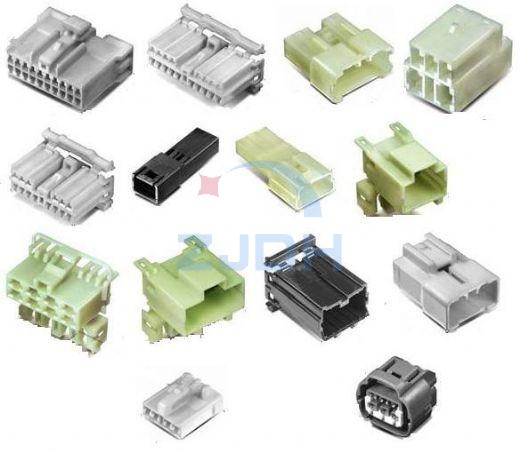
一、首先区分下“连接器”、“接线端子”、“接插件”三者的概念区别
①连接器,即CONNECTOR。也叫接插件连接器。是电子工程技术人员经常接触的一种部件。国内亦称作接插件、插头和插座。一般是指电器连接器。即连接两个有源器件的器件,传输电流或信号。
②接插件是一种连接电子线路的定位接头,是由2部分构成,即插件,和接件,一般状态下是可以完全分离的,开关和接插件的相同处在于通过其接触对的接触状态的改变,实现其所连电路的转换目的的,而其本质区别在于插接件只有插入拔除两种状态,开关可以在其本体上实现电路的转换,而接插件不能够实现在本体上的转换,接插件的接触对存在固定的对应关系,因此,接插件也可以叫做连接器。
③接线端子,英文名Terminal (终端)。就是用于实现电气连接的一种配件产品,工业上划分为连接器的范畴。接线端子是为了方便导线的连接而应用的,它其实就是一段封在绝缘塑料里面的金属片,两端都有孔,可以插入导线。接线端子可以分为WUK接线端子、欧式接线端子系列、 插拔式接线端子系列等。
二、从归属范围上区分下“连接器”、“接线端子”、“接插件”
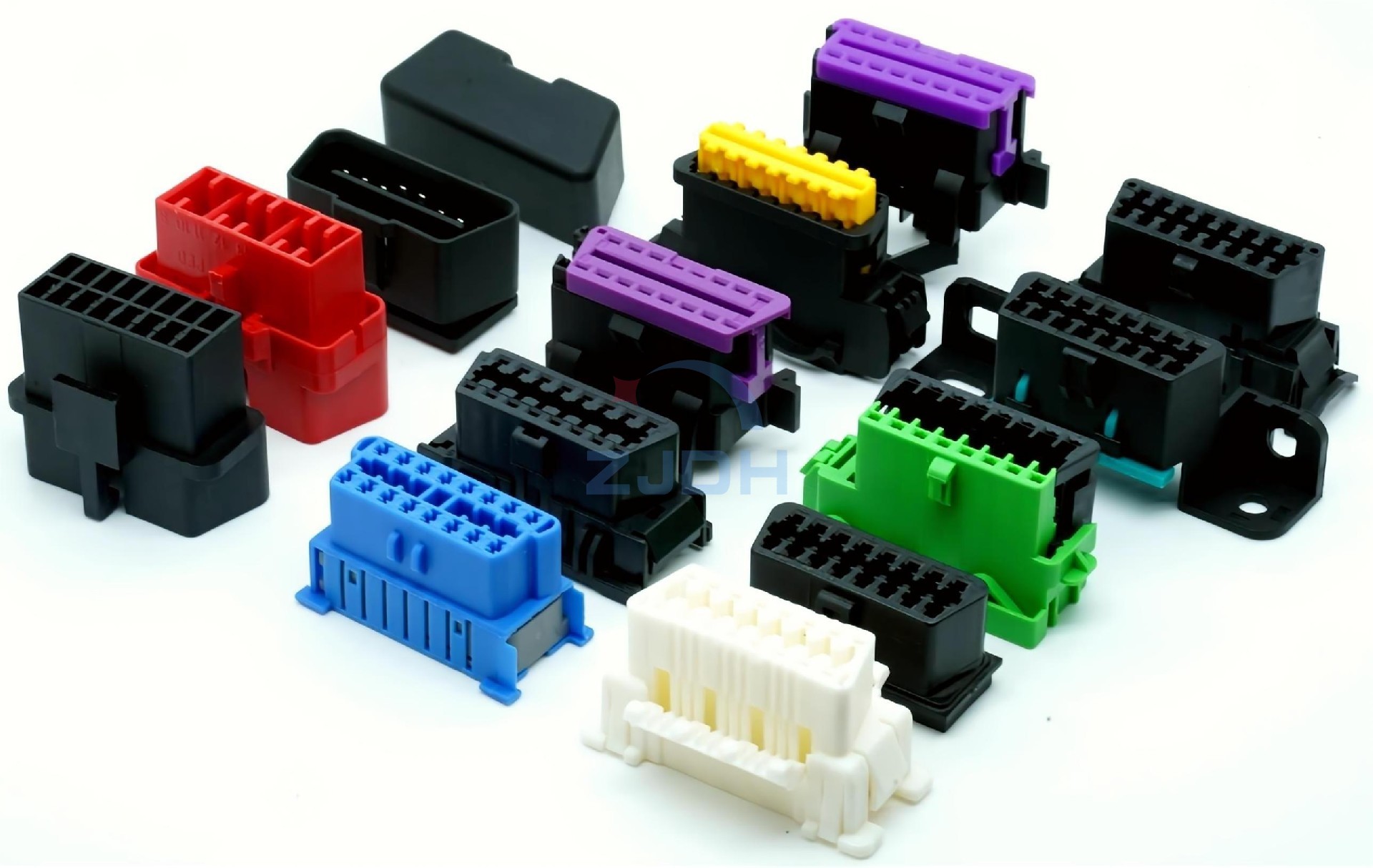
①“连接器=接插件”是第一大类,接线端子只是“连接器”大类中的一种
接插件和连接器的区别?
连接器是线与线的连接;接插件是线与板与箱之间的连接。实际生活中人们常模糊的指同一个东西。
②端子属于连接器的一部分。连接器是一个总称,其实一般我们常见到的连接器,通常包括胶壳(housing)和端子(terminal)两大部分。housing是塑料居多,起保护作用,terminal是金属,起导通作用。
③在电工、电气领域里:
连接器、插接件、接插件是同一个产品。通俗地理解,就是那种不用工具,公头、母头用手一插或一拧就可以快速连接的东东。
接线端子,通俗地理解,就是那种要用工具,如螺丝刀、冷压钳才能将两个东东连在一起的东东,一般用于电力输入、输出。英文名Terminal (终端)。
三、区分下“连接器”、“接线端子”、“接插件”实际应用
电连接器简称连接器,也叫做接插件,是电子元器件的一个细分领域,主要用于电路与电路之间的连接。在工业生产中,线路连接可以说是无处不在,因而连接器的使用范围当然是十分广泛,应用在各个行业。
连接器具体分很多品类,如矩形连接器、圆形连接器、阶梯型连接器等等,接线端子排是连接器的一种,一般属于矩形连接器。端子排的使用范围也比较单一,一般应用于电子电气领域,用于PCB线路板、印制板和配电柜的内外连线。
接线端子的使用范围越来越多,而且种类也越来越多。目前用得最广泛的除了PCB板端子外,还有五金端子,螺帽端子,弹簧端子等,在电力行业有专门的端子排,端子箱,上面全是接线端子,单层的、双层的,电流的,电压的,普通的,可断的等。
总的来说,“连接器”、“接线端子”、“接插件”三者是同属于一个概念的不同应用表现形式,是根据不同的实际应用被通俗的称呼的。
- 上一篇:IATF 16949 标准详解
- 下一篇:解锁汽车系统:连接器和端子

 简体中文
简体中文
 しろうと
しろうと
 한국어
한국어
 English
English
 Русскийязык
Русскийязык
 Français
Français
 Deutsch
Deutsch
 Español
Español
 Português
Português
 بالعربية
بالعربية
 हिन्दी
हिन्दी
 Việt Nam
Việt Nam
 คนไทย
คนไทย
 Türkçe
Türkçe


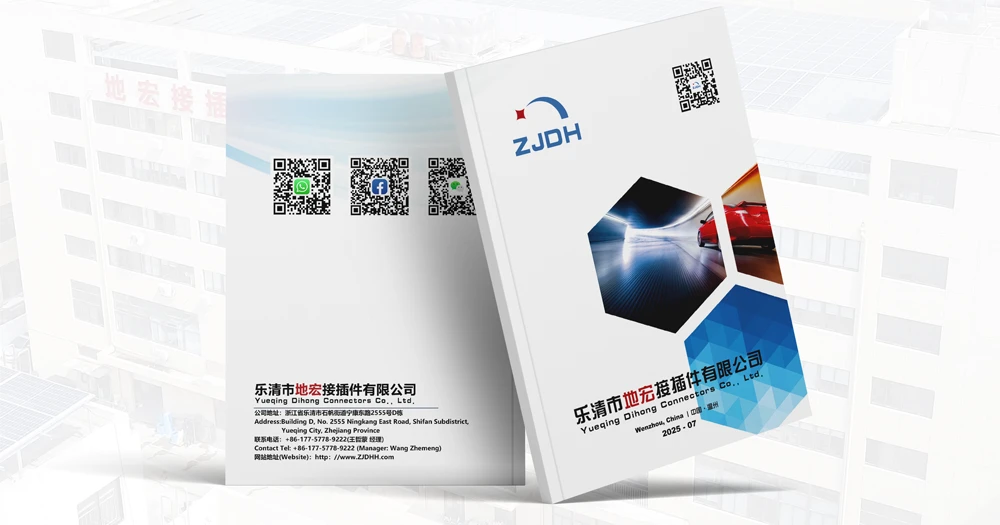
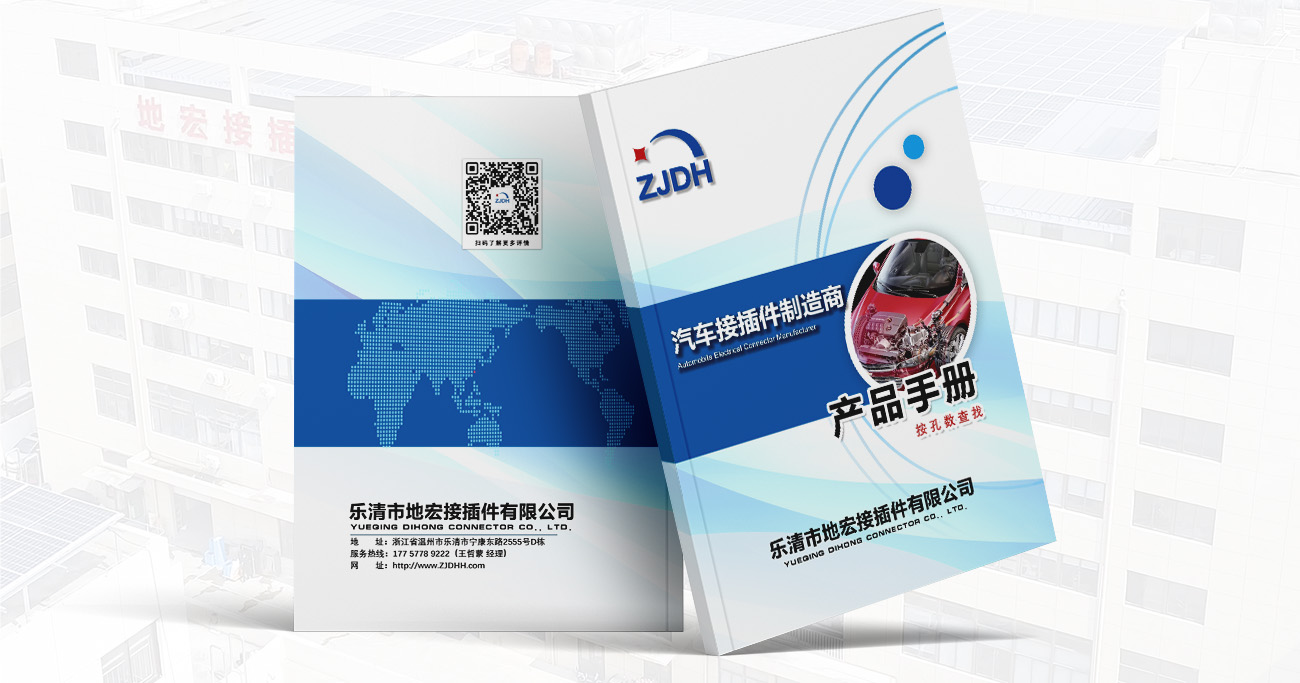
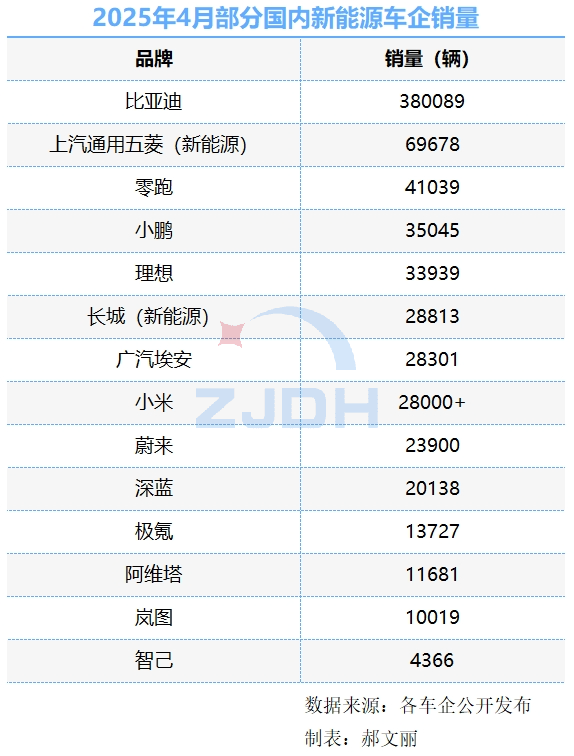



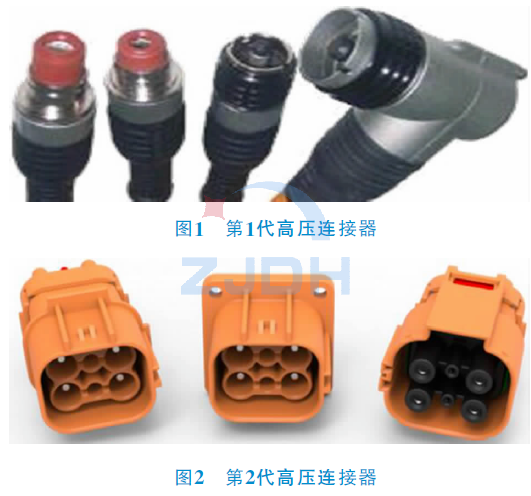
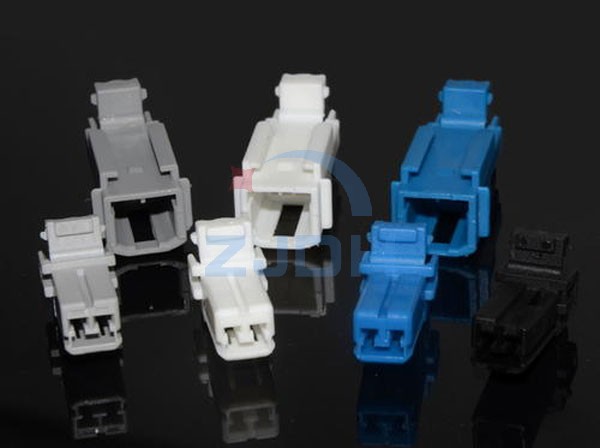



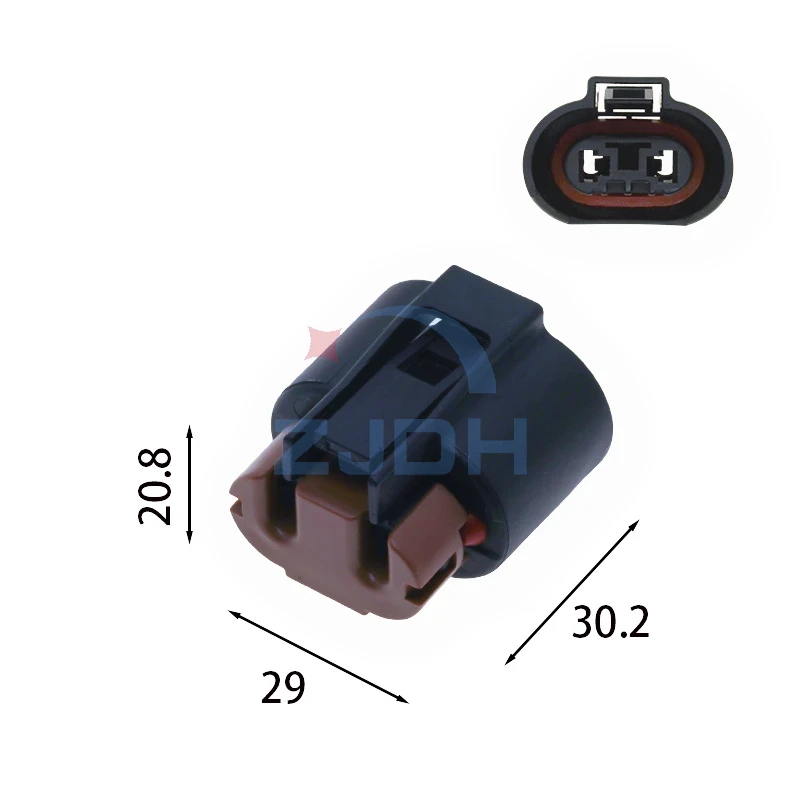
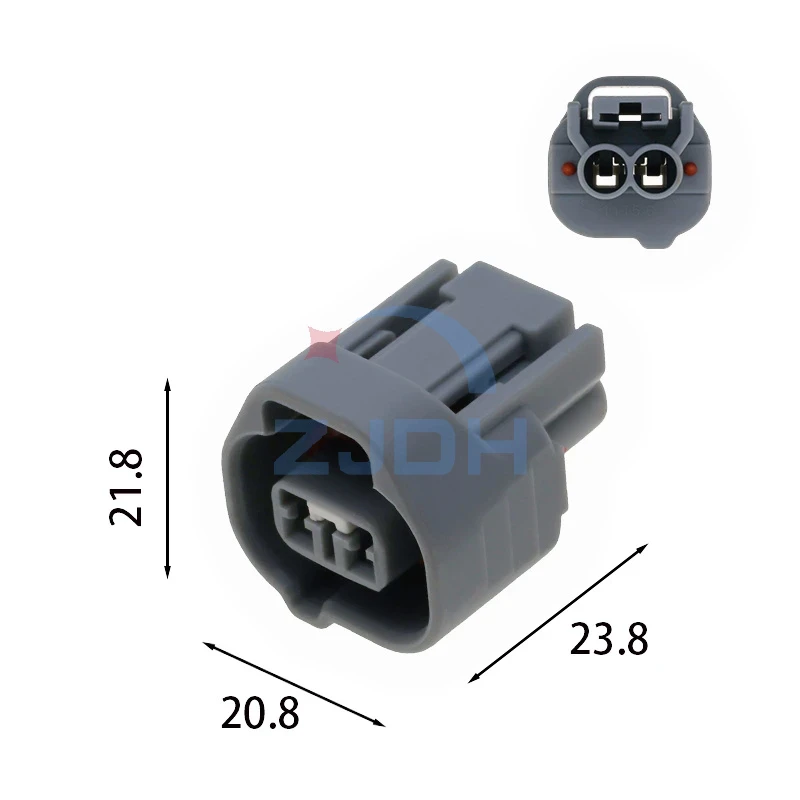



 网站首页
网站首页 产品中心
产品中心 对比搜索
对比搜索 电话咨询
电话咨询